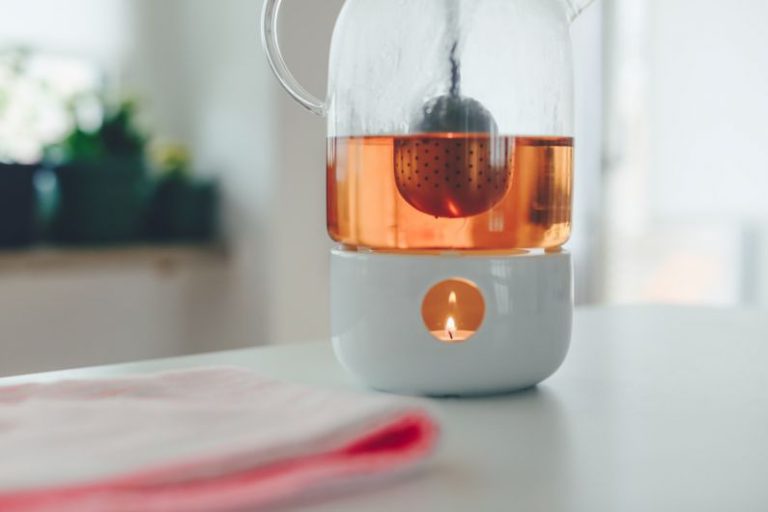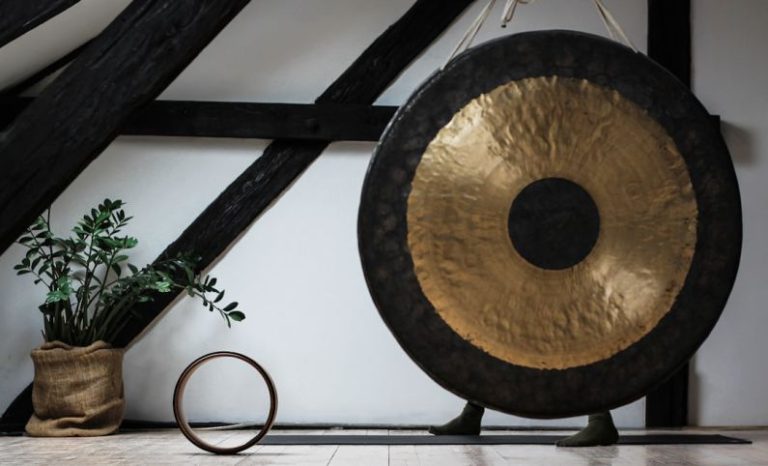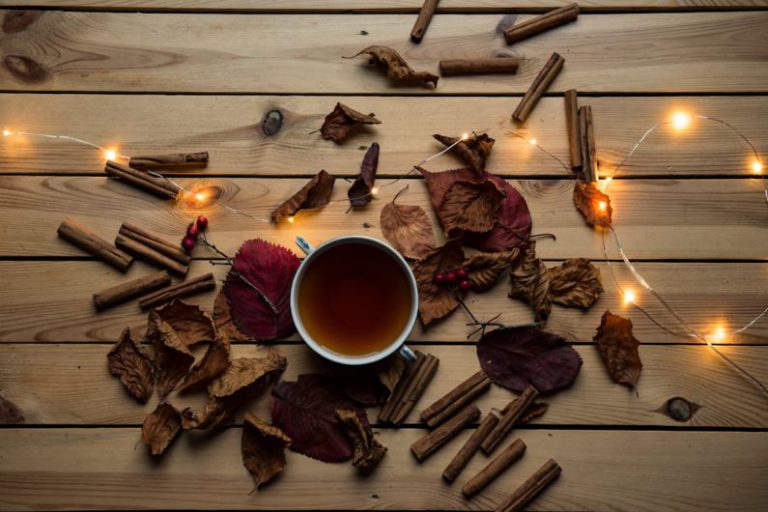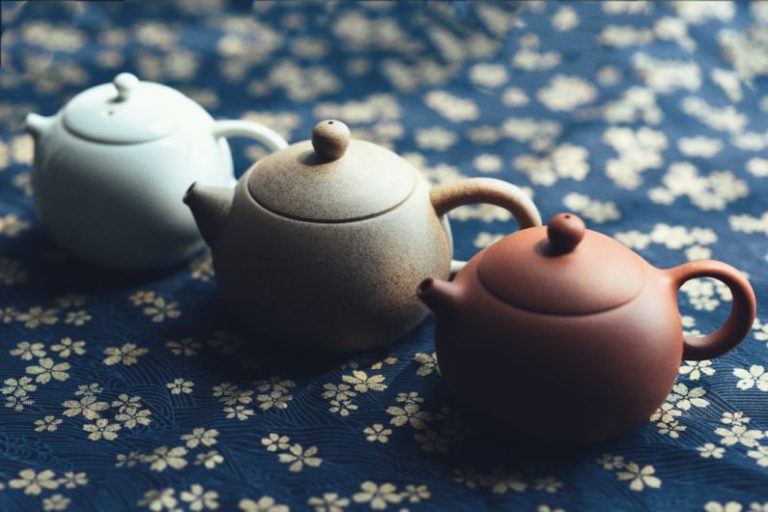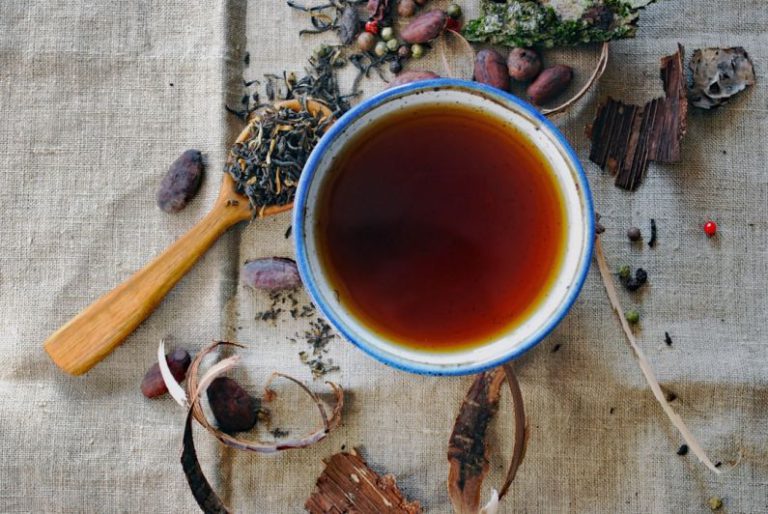Brewing Long Jing Tea: the Dragon Well Method
The art of brewing Long Jing tea, also known as Dragon Well tea, is a cherished tradition in Chinese culture that dates back centuries. This renowned green tea is prized for its delicate flavor profile, smooth texture, and refreshing aroma. To fully appreciate the subtleties of Long Jing tea, it is essential to master the Dragon Well brewing method. By following these steps, you can unlock the full potential of this esteemed tea variety and enjoy a truly transcendent tea-drinking experience.
Selecting the Finest Long Jing Tea Leaves
The quality of the tea leaves is paramount when brewing Long Jing tea using the Dragon Well method. Look for high-quality, fresh Long Jing tea leaves that are vibrant green in color and have a uniform shape. Avoid leaves that appear dull or discolored, as they may have lost their freshness and flavor. Opt for tea leaves that are harvested in early spring, as they tend to possess a more delicate and complex flavor profile.
Preparing Your Equipment
Before you begin the brewing process, it is essential to gather the necessary equipment. For brewing Long Jing tea using the Dragon Well method, you will need a teapot or gaiwan, a tea strainer, a small pitcher or cup, and high-quality Long Jing tea leaves. Ensure that your teapot or gaiwan is clean and free of any residual flavors from previous brewing sessions to prevent any unwanted taint in the tea.
Rinsing the Tea Leaves
To awaken the flavors of the Long Jing tea leaves and remove any dust or impurities, it is recommended to rinse the tea leaves before brewing. Place the tea leaves in the teapot or gaiwan and add hot water at around 176°F (80°C). Allow the tea leaves to steep for a few seconds before discarding the water. This initial rinse helps to prepare the tea leaves for brewing and enhances the overall flavor of the tea.
Brewing Long Jing Tea with the Dragon Well Method
The Dragon Well brewing method emphasizes precision and attention to detail to bring out the best flavors of the Long Jing tea leaves. To brew Long Jing tea using this method, follow these steps:
1. Fill your teapot or gaiwan with the rinsed tea leaves, using approximately 2-3 grams of tea leaves for every 150ml of water.
2. Heat water to around 176°F (80°C) and slowly pour it over the tea leaves, ensuring that the leaves are evenly submerged.
3. Allow the tea leaves to steep for about 1-2 minutes, depending on your preference for strength. Be mindful not to oversteep the tea, as it can result in a bitter flavor.
4. Using a tea strainer, pour the brewed tea into a small pitcher or cup to separate the leaves from the liquid.
5. Enjoy the exquisite flavor and aroma of your freshly brewed Long Jing tea, savoring each sip to appreciate its nuanced characteristics.
Savoring the Essence of Long Jing Tea
Long Jing tea is best enjoyed when sipped slowly, allowing the flavors to unfurl on your palate with each sip. Take the time to appreciate the subtle sweetness, nutty undertones, and refreshing finish of this exceptional green tea variety. Pair your Long Jing tea with light snacks or delicate pastries to complement its delicate flavors and enhance your tea-drinking experience.
Embracing the Art of Long Jing Tea Brewing
Mastering the Dragon Well method of brewing Long Jing tea is a rewarding journey that allows you to connect with the rich traditions and flavors of Chinese tea culture. By selecting premium tea leaves, preparing your equipment with care, and following the precise brewing steps, you can elevate your tea-drinking experience to new heights. Embrace the art of Long Jing tea brewing and savor the essence of this esteemed green tea variety with each fragrant cup.

